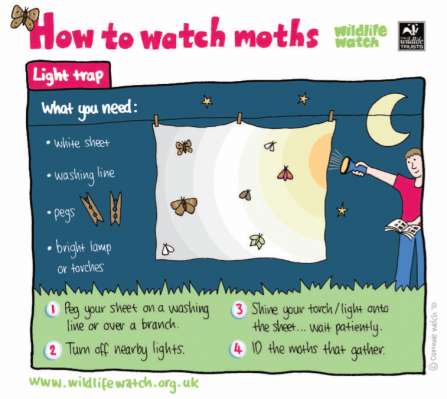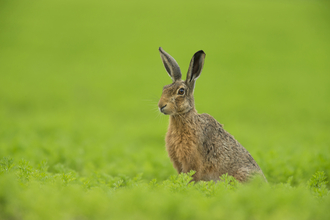I love moths. I love their shapes, colours, elaborate names and amazing life-cycles, the minute yet completely beautiful details you notice when you take a closer look at them. Some are spotty, stripy, speckly; some shimmering copper and others bright canary-yellow.
The only thing with moths is that many species hide away during the day. However, there is a fascinating way to find out what kind of moths emerge in your garden when the sun goes down: make a moth trap.














